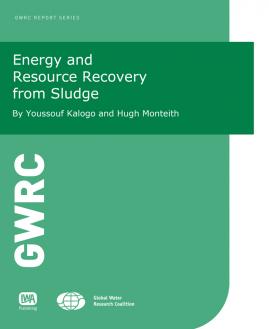 |
Energy and Resource Recovery from Sludge
Energy and Resource Recovery from Sludge
Editor(s): Y Kalogo, H Monteith,

There is general consensus among sanitary engineering professionals that municipal wastewater and wastewater sludge is not a “waste”, but a potential source of valuable resources.
Energy and Resource Recovery from Sludge provides essential knowledge on energy and resource recovery from sludge and focuses on:
- The international situation of energy and resource recovery from sludge,
- How the use of different sludge treatment processes affects the possibility of recovering energy and/or materials from the residual sludge,
- The influence of market and regulatory drivers on the fate of the sludge end-product,
- The feasibility of energy and resource recovery from sludge,
- The social, economic and environmental performance (triple bottom line or TBL assessment) of current alternatives technologies.
International cases studies of established technologies existing at full-scale with commercial applications, as well as those that can potentially be commercialized are provided. Emerging technologies that have been demonstrated only at pilot-scale or bench (laboratory) scale are included.
Energy recovery technologies can be classified into sludge-to-biogas processes, sludge-to-syngas processes, sludge-to-oil processes and sludge-to-liquid processes. The technologies available for resource recovery include those to recover phosphorus, building materials, nitrogen, volatile acids, etc. Technical, capital cost, operating and maintenance (O&M) costs information available are documented to the extent possible for each technology. Possibilities of upgrading biosolids pellets produced from sludge as renewable source of inoculum for bio-hydrogen gas production and also recovering of bio-pesticides from sludge are new research areas.
Publication Date: 14/10/2012ISBN13: 9781780404653eISBN: 9781780404653Pages: 192 |
Print:
|